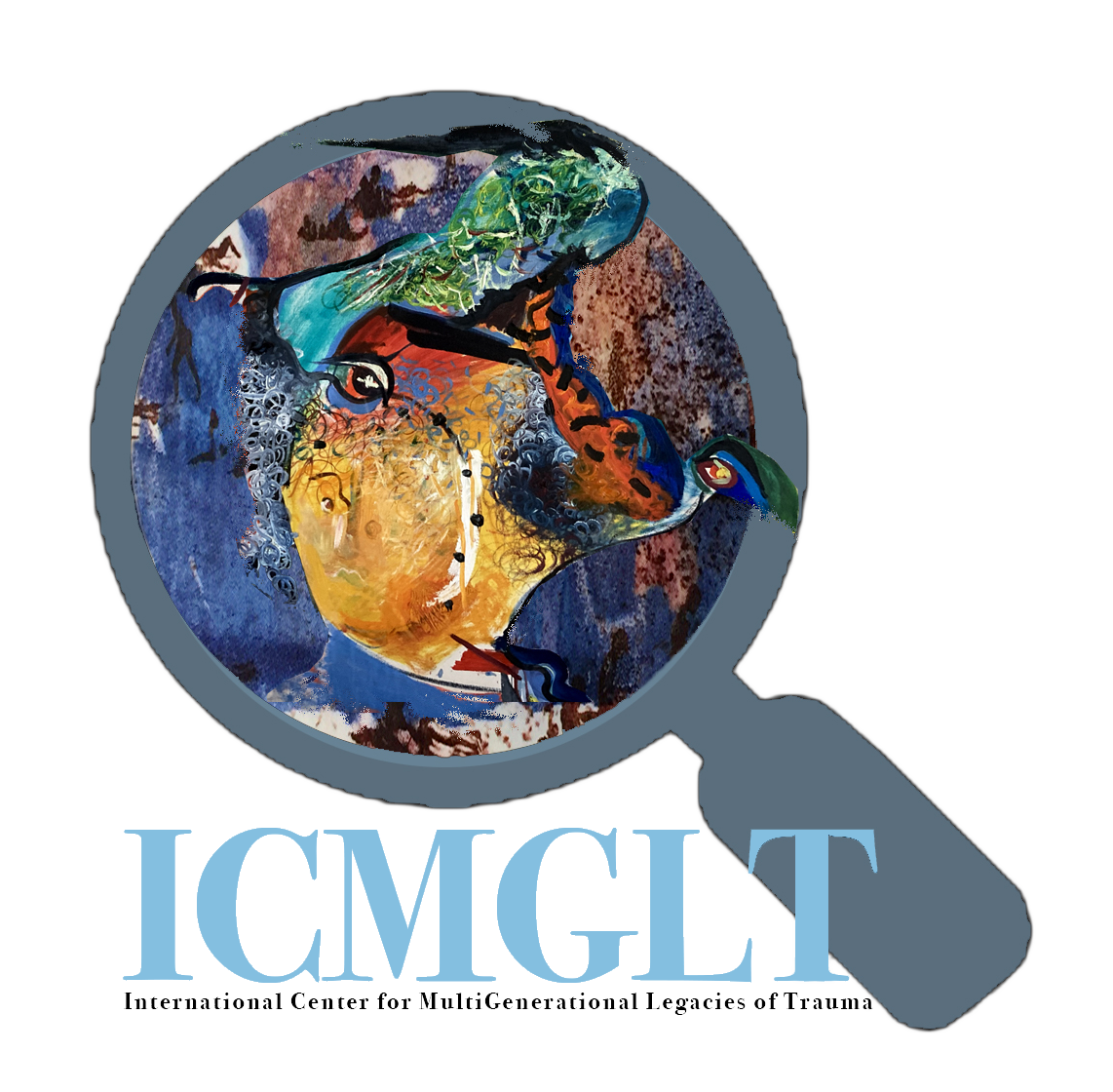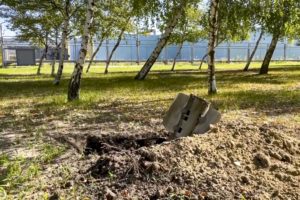For Mirjam, the IHRA Recommendations are the beginning of a longer journey. Implementing them may not be an easy process, but it promises the start of a transformation in national and local learning environments. They advocate for fact-based accounts of Roma history and the genocide of the Roma to be integrated into national and regional curricula as a fundamental part of history education. The Recommendations also guide us towards prioritizing teacher training programs, developing meaningful educational content, and creating empathetic and inclusive classrooms.
Mirjam envisions an education system where learning about Roma history is not only compulsory but is taught through various engaging and interdisciplinary methods, an approach also outlined in the IHRA Recommendations. Learning Roma history from the perspectives of literature, politics, or through informal education can cultivate a more authentic understanding of Roma experiences and the need for their recognition.
The classroom is a space where we can encourage a culture of listening to Roma voices and support each other to unlearn attitudes that otherize and isolate Roma communities in wider society. Teaching Roma history to children of all communities requires sensitivity but is also key to fostering societal change.
“The classroom empowers new generations of Roma youth to embrace their identity and develop the courage to demand social justice.”
As Mirjam reminds us, it is vital to equip teachers to counter and address discrimination in the classroom so that students can learn to practice critical and reflective thinking and understand the contemporary relevance of the history of Roma persecution.
“Education is the clear pathway to empowerment for Roma voices and social justice in democratic societies. The IHRA Recommendations are an essential contribution,” Mirjam concludes.
Source: https://holocaustremembrance.com/news/ihra-recommendations-teaching-learning-genocide-roma




